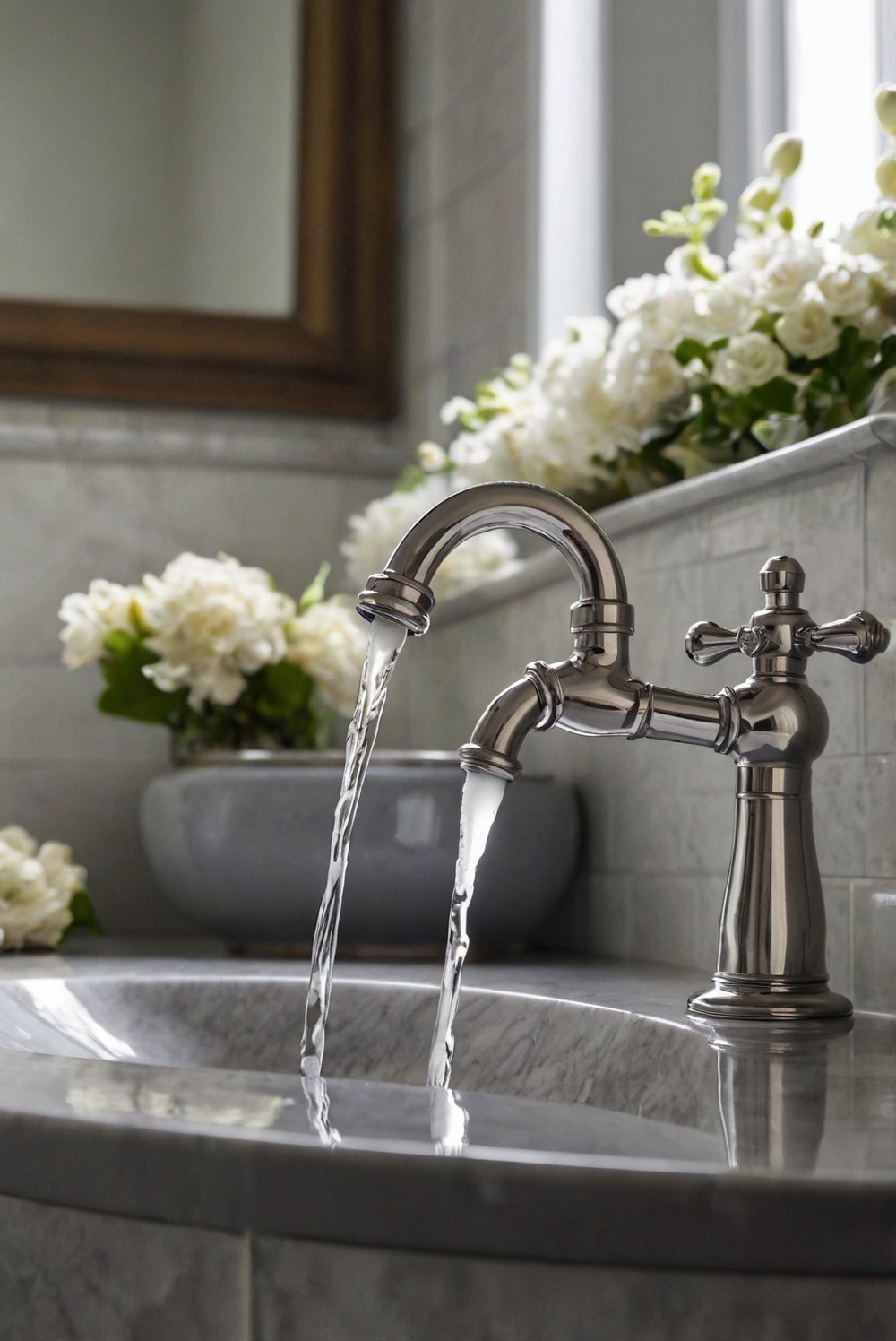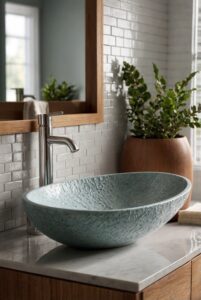Are you struggling to select the perfect faucet for your bathroom sink? Discover reliable tips and tricks to guide you through this essential part of your daily interior designer routine.
Choosing the right faucet for your bathroom sink can enhance the overall look and functionality of your space. To select the perfect faucet, consider the following factors:
1. Style: Match the faucet style with your overall home decor and interior design.
2. Functionality: Ensure the faucet meets your daily needs with features like water-saving options or touchless technology.
3. Quality: Invest in a high-quality faucet to avoid frequent replacements and maintenance.
4. Finish: Coordinate the faucet finish with other elements in your bathroom for a cohesive look.
5. Budget: Stick to your budget while selecting a faucet that offers durability and style.
By following these steps, you can choose a faucet that complements your home interior design while providing practical benefits in your bathroom space.
When choosing a faucet for your bathroom sink, it is important to consider the following:
1. Consider the style and design of your bathroom:
One of the most important factors to consider when choosing a faucet for your bathroom sink is the style and design of your bathroom. Make sure that the faucet you choose complements the overall aesthetic of your bathroom. Whether you have a modern, traditional, or eclectic style, there are faucets available to suit your needs.
2. Determine the type of faucet you need:
There are several types of faucets to choose from, including single-handle, double-handle, wall-mounted, and vessel faucets. Consider the size of your sink and the amount of space available when choosing the type of faucet that will work best for your bathroom.
3. Check the faucet’s finish:
The finish of the faucet is an important consideration as it can affect the overall look of your bathroom. Common finishes include chrome, brushed nickel, oil-rubbed bronze, and brass. Choose a finish that complements the other fixtures in your bathroom for a cohesive look.
4. Determine the installation requirements:
Before purchasing a faucet, make sure to check the installation requirements. Some faucets may require additional plumbing work or tools for installation. If you are not comfortable with DIY projects, it may be best to hire a professional to install the faucet for you.
5. Consider the functionality of the faucet:
When choosing a faucet for your bathroom sink, consider the functionality of the faucet. Some faucets have additional features such as pull-down sprayers, touchless operation, or water-saving settings. Decide what features are important to you and choose a faucet that meets your needs.
Choosing the right faucet for your bathroom sink is an important decision that can have a big impact on the overall look and functionality of your bathroom. By considering the style, type, finish, installation requirements, and functionality of the faucet, you can ensure that you choose a faucet that is perfect for your space.
1. What are the different types of bathroom sink faucets to consider when choosing the right one?
There are several types of bathroom sink faucets to consider, including single-hole faucets, widespread faucets, wall-mounted faucets, and waterfall faucets. Single-hole faucets are popular for smaller sink areas, while widespread faucets provide a more traditional look with separate handles for hot and cold water. Wall-mounted faucets save counter space and offer a modern aesthetic. Waterfall faucets are a stylish option that creates a cascading water effect. Consider the style, size, and functionality of the faucet to determine the best fit for your bathroom sink.
2. How important is the material and finish of the faucet when making a selection?
The material and finish of the faucet are crucial factors to consider when choosing the right one for your bathroom sink. Common materials include brass, stainless steel, and chrome, each offering different levels of durability and aesthetics. The finish can vary from polished to brushed to matte, with each providing a unique look. Consider the overall style of your bathroom and the maintenance requirements of different finishes when selecting the material and finish of your faucet.
3. What features should I look for in a bathroom sink faucet to ensure it meets my needs?
When choosing a bathroom sink faucet, consider features such as the spout height and reach, handle style, water flow rate, and additional functionalities like a pull-down sprayer or touchless operation. The spout height should allow for comfortable handwashing, while the reach should ensure water does not splash outside the sink. Different handle styles, such as lever or knob, offer varying levels of control and ease of use. Check the water flow rate to ensure it meets your preferences and any local regulations. Additional functionalities can enhance convenience and functionality in your bathroom.
4. How can I ensure the faucet I choose fits the existing sink and plumbing in my bathroom?
Before purchasing a new faucet for your bathroom sink, measure the existing sink to determine the appropriate size and configuration. Consider the number of mounting holes in the sink and choose a faucet that matches this layout. Ensure the faucet is compatible with your existing plumbing connections, including the type of valves and supply lines. If you are unsure about compatibility, consult a professional plumber to help you select the right faucet that fits your existing sink and plumbing system.
5. What are some tips for maintaining and prolonging the lifespan of a bathroom sink faucet?
To maintain and prolong the lifespan of your bathroom sink faucet, regularly clean the faucet with a mild soap and water solution to prevent mineral buildup and corrosion. Avoid using harsh chemicals or abrasive cleaners that can damage the finish. Check for any leaks or drips and promptly repair them to prevent water damage. Periodically inspect the faucet’s components, such as washers and seals, and replace them if necessary. Consider installing a water filtration system to protect the faucet from sediment and impurities. By following these maintenance tips, you can ensure your bathroom sink faucet stays in optimal condition for years to come.




